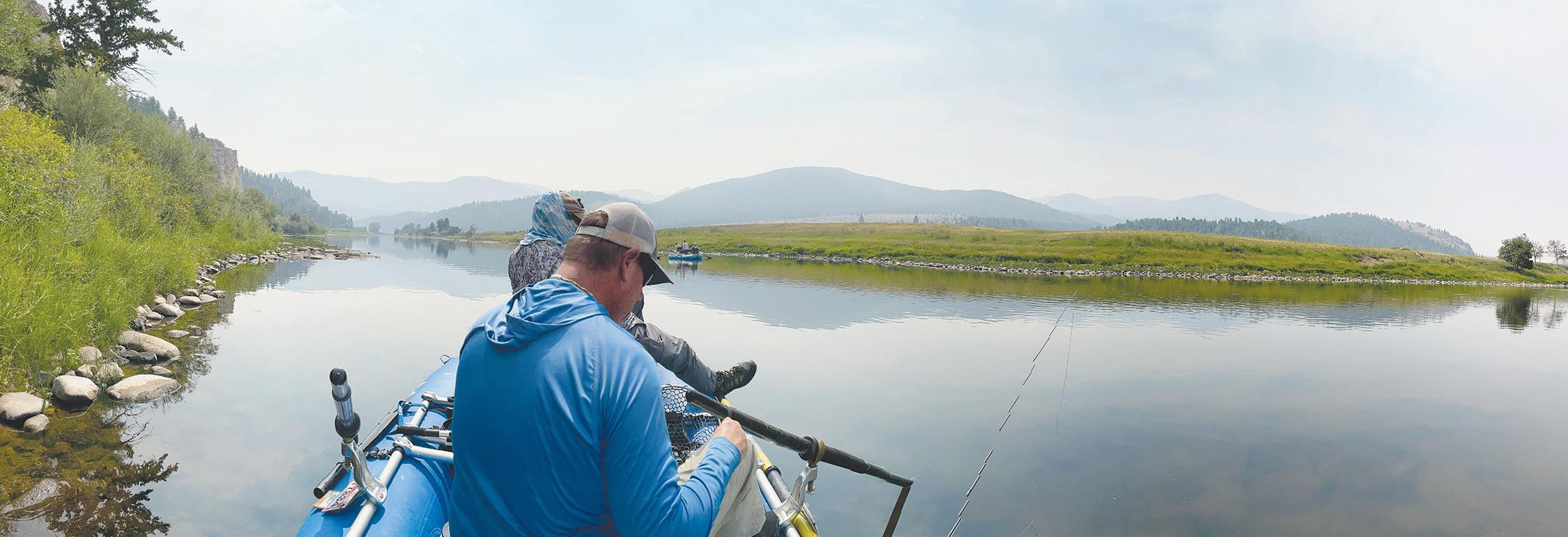
11 minute read
OUTDOORS
16 THE SUN OUTDOORS AUGUST 11, 2021
Rick Grassett and guide Mark Moreni pause for a fly change along a scenic stretch of the Big Hole River.
RUSTY CHINNIS | SUN
Reel Time On The Road: Dillon, Montana
Reel Time
RUSTY CHINNIS
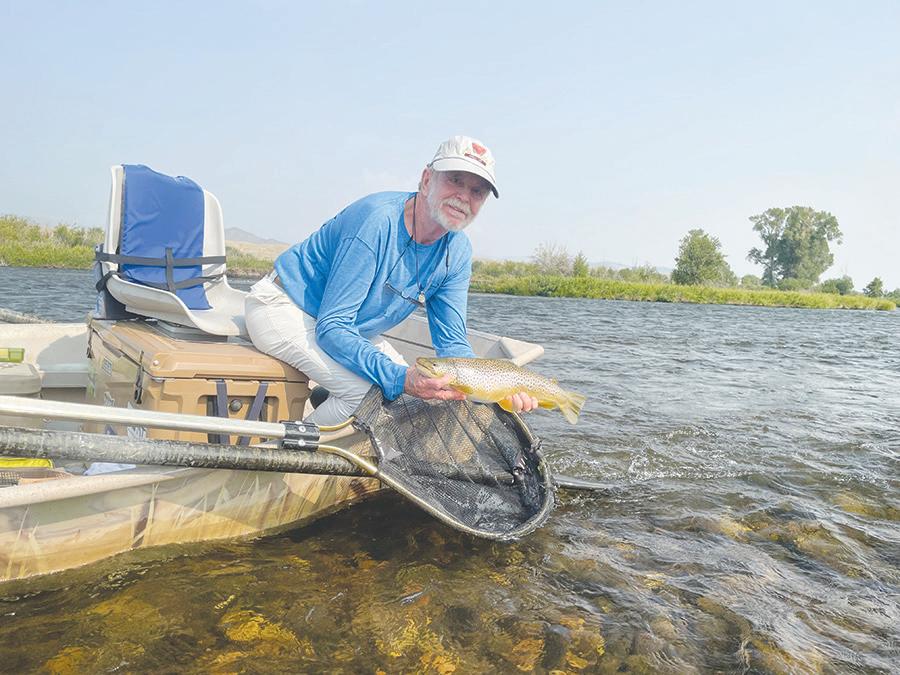
This past week I fished the Big Hole, Madison and Beaverhead Rivers in Montana with a group of anglers hosted by Captain Rick Grassett at Montana’s Medicine Lodge, a working ranch near Dillon, Montana. Over five days we fished the three rivers from drift boats, casting dry flies and nymphs. This is Grassett’s 20th year hosting the trip and the second time I’ve joined the group in what is evolving into an annual event. We fished with Dave King Outfitters, based in Dillon. Grassett fished with King as a guide for many years at another lodge that eventually closed. After the closure of that lodge, King decided to become an outfitter and hooked up with Grassett and Montana’s Medicine Lodge, which provides a unique western working ranch atmosphere.
The group of seven anglers fished with King’s guides, changing partners and guides each day. On the first day, I fished with Dennis Kinley, who I first met 15 years ago in the Bahamas on a bonefishing trip. Dennis is a regular with the group. Our guide was Jake Heinecke, a fishing and hunting guide who teaches school in Dillon when he isn’t guiding. Over the day we landed a number of brown trout, including some quality fish from 16-19 inches. During our float we watched thunderstorms
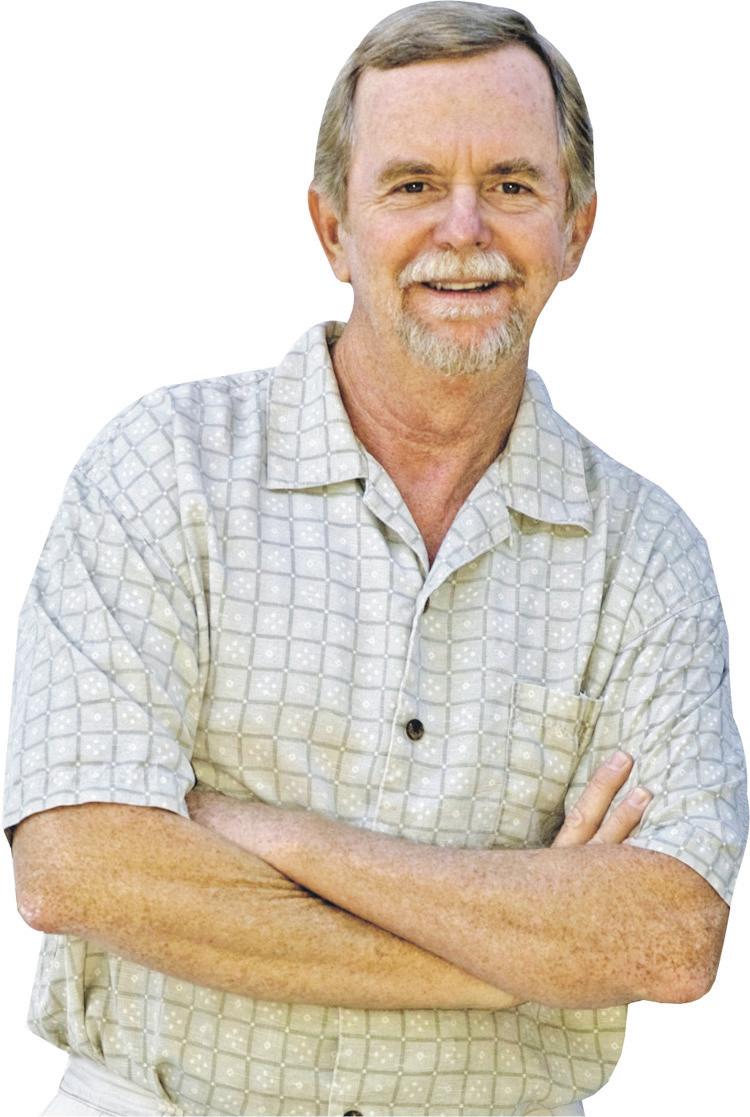
SEE REEL TIME, PAGE 17
RUSTY CHINNIS | SUN The author’s 20” brown trout took a dry fly off the surface on the Madison River Float.


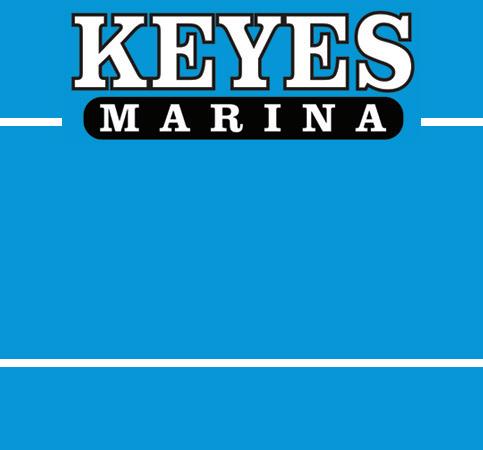








FROM PAGE 16 build over the mountains, eventually overtaking us in a downpour about a half-hour before our float ended at 4 p.m.
Because we had an odd number of anglers, each fished solo one day. On the second-day float on the Madison, I volunteered and fished again with Heinecke. I took the opportunity to learn from Jake and was fascinated with his mastery of the fly rod. In particular, I asked him to help me with my mend and reach casts that feed fly line up current to assure a drag-free float of the fly. He actually combined the two into a cast he calls the reachmend. The fishing was a bit slow that day but the weather and scenery were spectacular and I managed to hook and land a 20” brown trout on a dry hopper imitation.
On my third and fourth day, I fished with Nick Delledonne, from Pennsylvania, and Grassett on one of my favorite rivers in Montana, the Big Hole. We launched both days at about 7,000 feet, where the temperature hovered in the high 40s and floated two of the river’s most scenic stretches. Our guide both days was Mark Moreni, who guides for King during the summer season and teaches high school history in the winter. Although the fishing was a bit slow both days, we did get a chance to fish the Trico hatch, where millions of these small-winged insects emerge from the river in a buffet of food for the local trout. During this brief (about an hour) time, fish go on a feeding frenzy allowing anglers a chance to target rising fish with small dry fly imitations.
After fishing each day, anglers returned to the ranch where chef Annie Walz Kubiac had hors d’oeuvres ready to accompany cold beverages and cocktails on the outside deck. It was a perfect place for anglers to unwind and recount “tails” of the day. Dinners each evening featured chef Kubiac’s scrumptious special side dishes that accompanied the entrees like prime rib, elk meatloaf, baby back ribs and shrimp.
On the last day of the trip, I fished with Grassett on a different stretch of the Beaverhead with Heinecke. The morning started with cloud cover and the promise of much-needed rain. We dodged all but brief showers and spent the day fishing streamers along the fast-moving river. Action was a bit slow but we managed a few nice brown and a couple of rainbow trout to 16 inches. The float took us through some beautiful scenery and ended near the landmark “Pipe Organ.” We were lucky that we missed much of the hot weather that had plagued the region earlier in the summer and only got a haze from fires burning to the west. As we parted company on Saturday morning, everyone was already talking about a return trip in 2022. For information on joining one of Grassett’s yearly trips (Montana and the Bahamas), contact him at 941350-0318. Next week, Big Sky and Red Lodge.
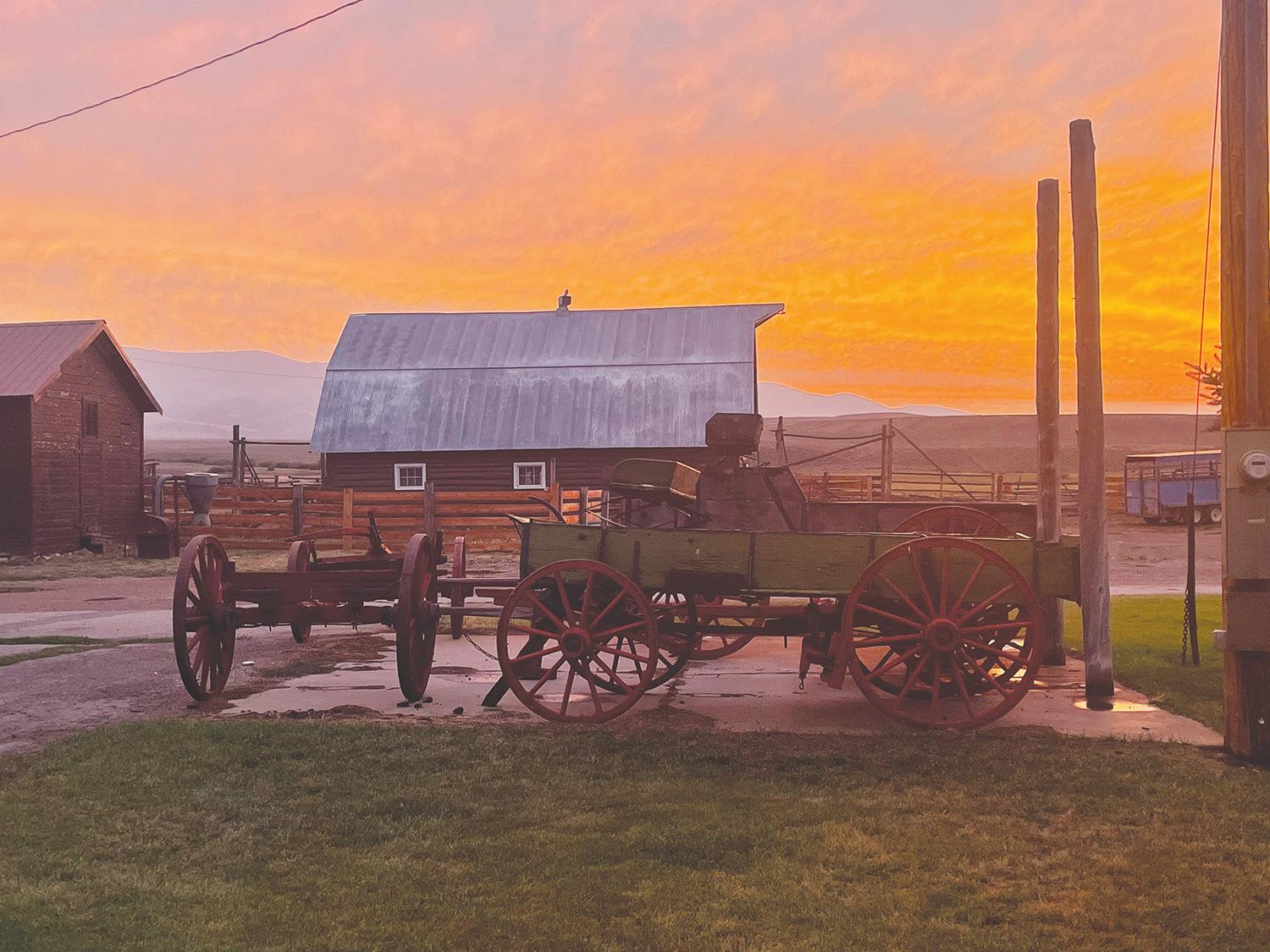
RUSTY CHINNIS | SUN A beautiful sunset painted the vast Montana sky at the Hansen Ranch after our first day of fishing.


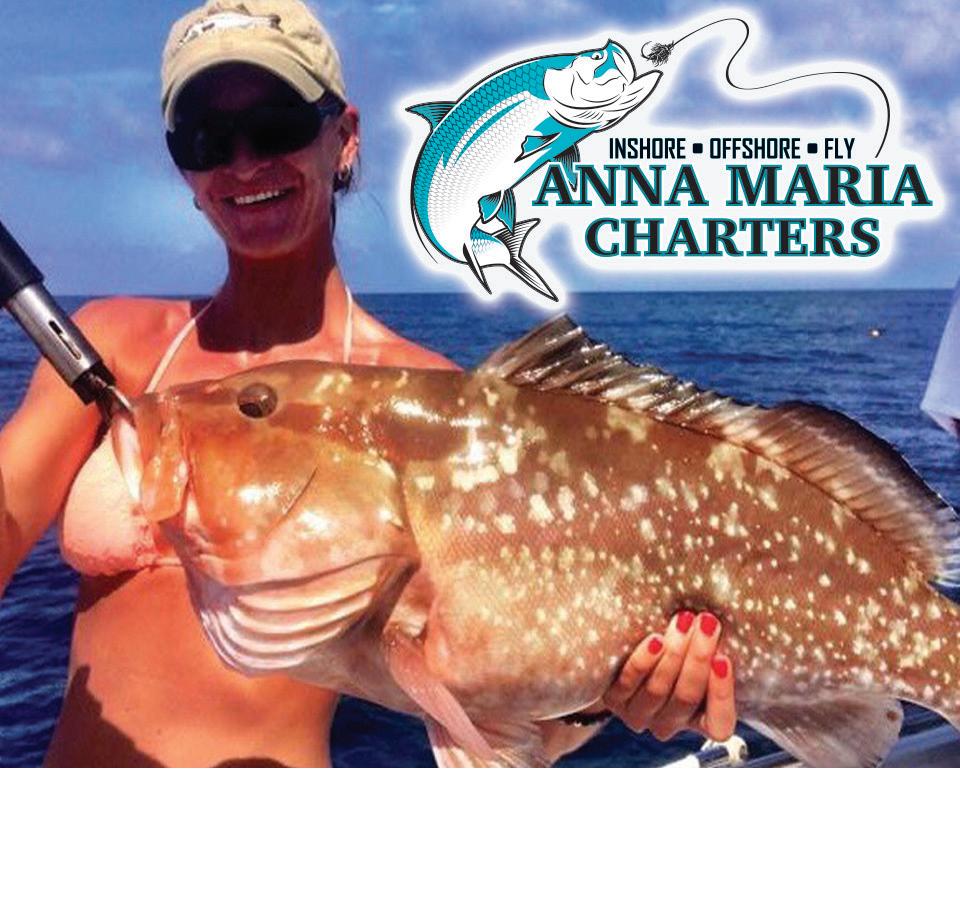


DEP: Sues Piney Point owner
FROM PAGE 1 against Piney Point owner HRK Holdings LLC and FDEP, seeking to hold both responsible for negligence in managing the site. HRK’s authorized representative is hedge fund investor William F. Harley III; the registered agent and site manager is Jeffrey Barath, both of Palmetto, according to the Florida Division of Corporations.
On Aug. 5, co-defendant FDEP sued HRK in the 12th Judicial Circuit Court to seek injunctive relief to prevent any more discharges of wastewater, plus damages and civil penalties, claiming that HRK failed to safely operate the gyp stacks and protect surface and groundwater.
The state environmental agency is seeking $50,000 per day for violations of an order to remove the wastewater by 2019 and $15,000 per day for violations of surface and groundwater standards and other violations on the site. FDEP also seeks the appointment of a court-appointed receiver to oversee the management and closure of the site.
“The ultimate goal remains closure of the site once and for all,” FDEP Interim Secretary Shawn Hamilton said in a press release.
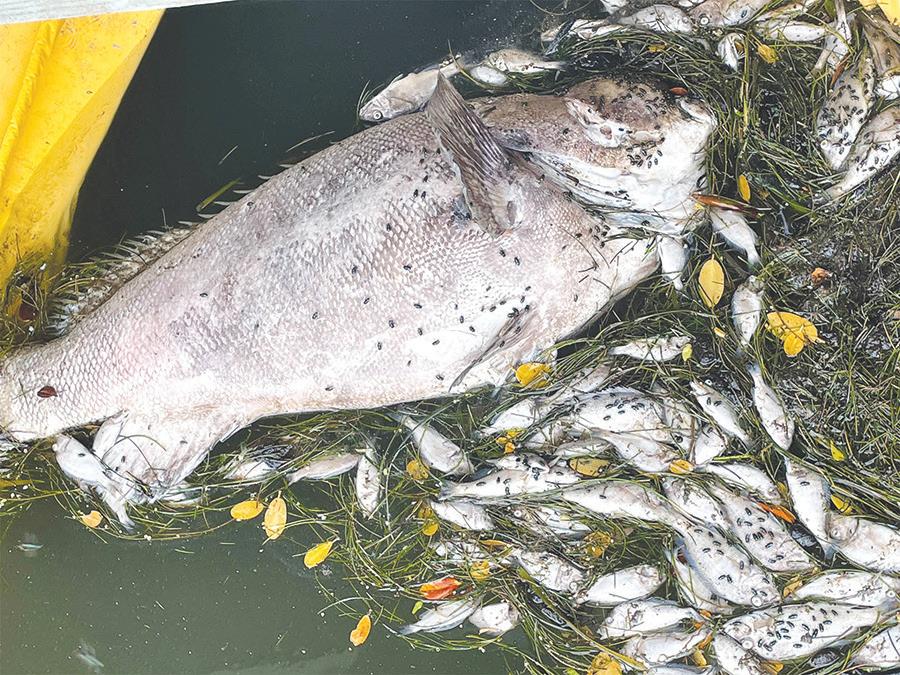
BLOOD FROM A TURNIP?
HRK Holdings LLC and HRK Industries
RUSTY CHINNIS | SUN Dead baitfish and a Goliath grouper killed by red tide collect at a barrier erected at an entrance to Robinson Preserve from Tampa Bay.
LLC filed for Chapter 11 bankruptcy protection in 2012 and settled the case in 2017, according to records at the U.S. Bankruptcy Court for the Middle District of Florida in Tampa. Chapter 11 bankruptcy provides for a business reorganization plan that enables creditors to be repaid.
The reorganization allowed HRK to create the industrial park adjacent to Port Manatee, according to the Tampa bankruptcy law firm that represented HRK.
The company owns 676 acres at the site, including three wells more than 600 feet deep that are permitted to pump up to 150,000 gallons per day from the Floridan aquifer, according to the company website. While the phosphate operation remains closed, the site is currently used to store salt, fertilizer and other substances belonging to at least nine tenants - including the Manatee County Port Authority, according to the website, which advertises portions of the industrial park for lease.
HRK’s reorganization was confirmed in 2016 by Judge K. Rodney May in a bankruptcy case involving more than $33 million in claims. During the case, HRK sold about 65 acres, netting about $15 million to reduce secured debt and “establish funding to ensure the environmental integrity of the phosphogypsum stack system located on the property,” according to the law firm’s website.
About 267 million gallons of contaminated water remain in the pond in the compromised gyp stack, which has been temporarily patched. The water consists of phosphogypsum process water, seawater, rain and dredge material from Port Manatee.
Manatee County commissioners approved a $9.35 million agreement in April for Tampa-based ASRus to design and build a deep injection well on county property to permanently dispose of the water.
Meanwhile, the clock may be ticking on HRK’s ability to fund work at the site; FDEP noted on Aug. 5 in its announcement of the lawsuit that there is an ongoing foreclosure action between HRK and its mortgage holder.
HRK did not respond to a request for comment.
LAWSUIT: City of Bradenton Beach not joining Cortez Bridge lawsuit
FROM PAGE 1 Cortez residents Linda Molto and Joe Kane are also plaintiffs in the lawsuit. During Thursday’s commission meeting, McClash and von Hahmann said the Cortez-based Florida Institute for Saltwater Heritage (FISH) – which von Hahmann is a member of – is joining the lawsuit as an additional plaintiff.
Mayor John Chappie and commissioners Ralph Cole and Marilyn Maro opposed the city becoming a plaintiff in the lawsuit. Cole said he didn’t think taxpayer funds should be used to oppose a replacement bridge that some taxpayers might support. Chappie again expressed his belief that the plaintiffs should have first sought assistance from the Manatee County Commission. McClash said the county commission has never expressed interest in joining the bridge lawsuit.
The city commission previously agreed to join the lawsuit at a cost not to exceed $15,000. The commission later lowered its not-to-exceed figure to $5,000, but never officially joined the legal challenge.
During Thursday’s meeting, commissioners Jake Spooner and Jan Vosburgh voted in favor of the city joining the lawsuit. Vosburgh expressed her continued support for the city joining at a cost not to exceed $15,000.
Spooner asked whether the city could join the suit without financial exposure to the city and its taxpayers. City Attorney Ricinda Perry said joining any lawsuit could potentially expose the city to attorney fees of an undetermined amount.
McClash again expressed his belief that the plaintiffs’ case would be strengthened by the support of a city government – and that actually was more important than any financial support provided by the city.
McClash and von Hahmann said FISH recently initiated an online fundraising effort in the form of the “Stop the Mega Bridge from devastating Cortez” GoFundMe page. The donated funds will be administered by FISH and be used to help cover attorney fees associated with the legal battle.
Although they did not feel the city should join the lawsuit, Cole and Chappie said they individually oppose the fixed-span bridge and would contribute to the fundraising efforts. Vosburgh and Spooner said they would also contribute.
FISH will host a bridge-related town hallstyle meeting at Fishermen’s Hall on Thursday, Aug. 12 at 7 p.m. The meeting is open to the public. Fishermen’s Hall is located at 4511 124th St. W. in the village of Cortez. serve as the mediator at a cost of $350 per hour to be shared by the plaintiffs and defendants.
Tampa-based attorney Matt Farmer will represent the plaintiffs at the mediation session and as the case moves forward. McClash said Farmer estimated his legal representation would cost approximately $25,000 in total.
McClash said the administrative record that details at great length FDOT’s bridge selection process was filed by FDOT on June 30. The plaintiffs were then given 45 days to amend their complaint and add additional plaintiffs. According to McClash, the plaintiffs’ amended complaint was to be filed by Tuesday, Aug. 10.
Regarding the standards of law that apply to this case, McClash said, “We have to find the actions of the FDOT to be arbitrary, capricious, abuse of discretion and otherwise not in accordance of law. That’s a pretty high standard, but I believe we have two major winning points.”
McClash referenced a law that changed in or around 2018 regarding categorical exclusions to the bridge replacement process that began nearly a decade ago.
“FDOT approved this 65-foot bridge in what they call a Type 2 categorical exclusion. There’s an environmental standard they have to comply with. Usually, they have to do an environmental study. They chose to do an exception. It’s important to note the law changed and they can’t take advantage of this exclusion if there’s a bridge permit required – and they need a bridge permit. Also, if there’s encroachments into the flood plain, they’re not supposed to take advantage of this exclusion,” McClash said.
“When they made their decision in 2019, this rule was in effect. The attorney agrees. They might have really screwed up. That would be to our advantage,” he added.
After Thursday’s meeting, McClash said he understood the city commission’s financial concerns but he was disappointed with the decision to not join the lawsuit.
SETTLEMENT OFFER
In August 2020, the plaintiffs proposed a settlement agreement that called for FDOT to rescind its plans for a fixed-span bridge and instead replace the existing bridge with a new drawbridge that would provide 35 feet of clearance when the bridge is closed. FDOT has not accepted that offer.
Built in 1956, the existing drawbridge provides between 17.5 and 21 feet of clearance when the bridge is closed, depending on the source cited.
In January, FDOT officials said the state agency plans to put the bridge replacement project out to bid in late 2025 and construction is expected to begin in 2026.






